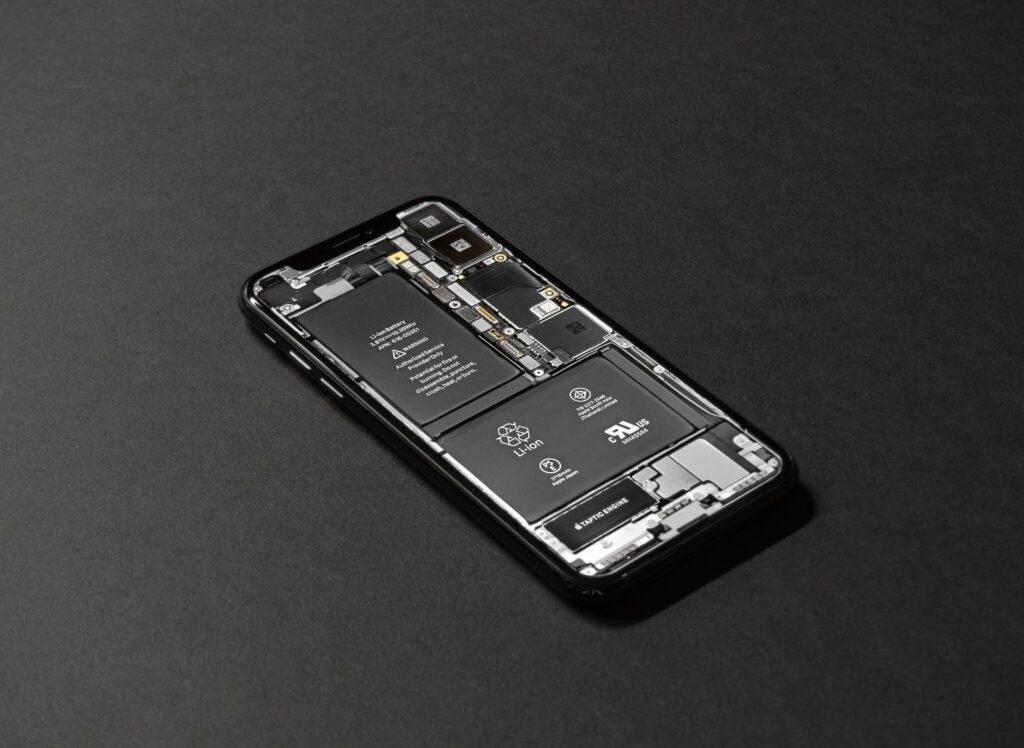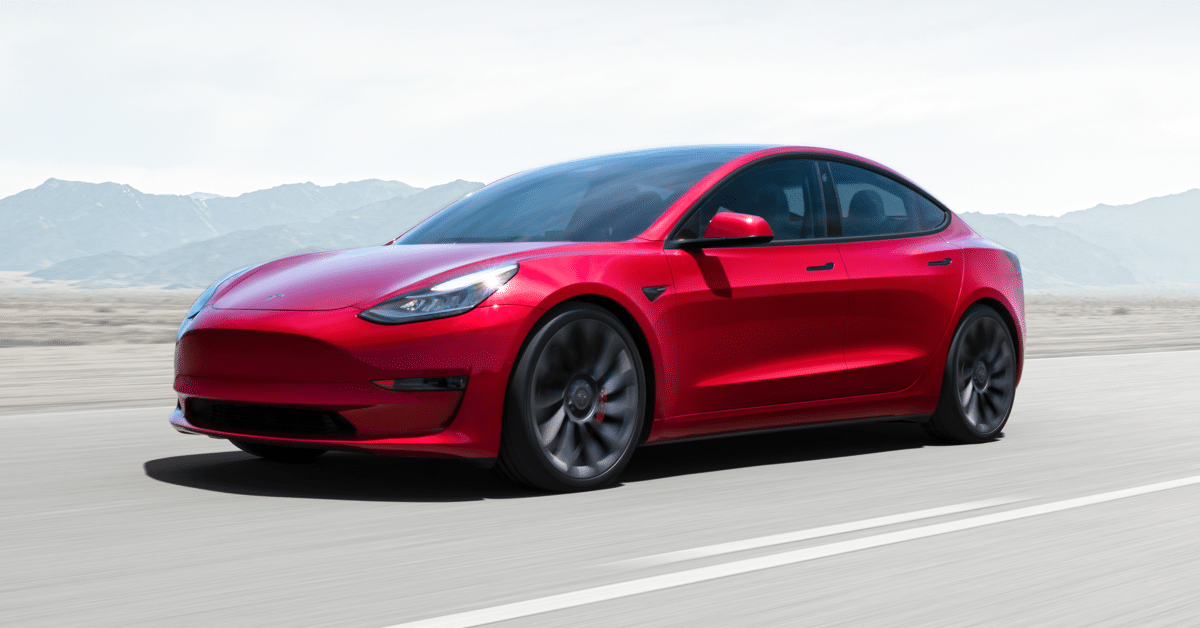Smartphone users in India are scouting for devices which give them more juice throughout the day as they stream Netflix, play PUBG, post pictures on Instagram or short videos on TikTok. Whether it be more mAh, or new technologies, such as fast charging or wireless charging, the smartphone battery is going a phase of innovation.

A smartphone”s battery life is dependent on three key pillars: battery capacities, hardware efficiencies and software optimizations.
“Whichever smartphone vendor is able to drive and deliver efficiencies across all three pillars, wins big,” says Prabhu Ram, Head, Industry Intelligence Group, CyberMedia Research (CMR).
Across smartphones, the 3000mAh battery is currently the staple accounting for 53 per cent of the smartphone shipments in the first half of 2019.
On the other hand, the 4000mAh and above contribute more than 18 per cent of the smartphone shipments.
The most battery tech innovations are currently underway in the value for money (Rs 7,000- Rs 25,000) segment.
In the first half of this year, smartphones with battery capacities of 4000mAh and above contributed to 92 per cent of the shipments in the value for money (Rs 7,000-Rs 25,000) segment; 6 per cent of the shipments in the affordable (less than Rs 7,000) segment; and 2 per cent of the smartphones shipped in the premium (over Rs 25,000) segment.
Realme C2, itel A44 Power, Asus Zenfone Max M1, and Nokia 2.1 are some of the prominent affordable smartphones (less than Rs 7,000) with 4000mAh battery capacities.
“The increase in battery capacities and fast charging tech is actually a classic interplay between decreasing technology innovation costs, and increasing consumer expectations from their smartphones,” said Ram.
How important is a good battery to consumers and how sensitive they are to it?
The most critical smartphone specifications considered by consumers during smartphone purchase include smartphone camera (89 per cent), battery life (87 per cent), RAM (79 per cent) and internal memory (72 per cent).
Source: Outlook India



